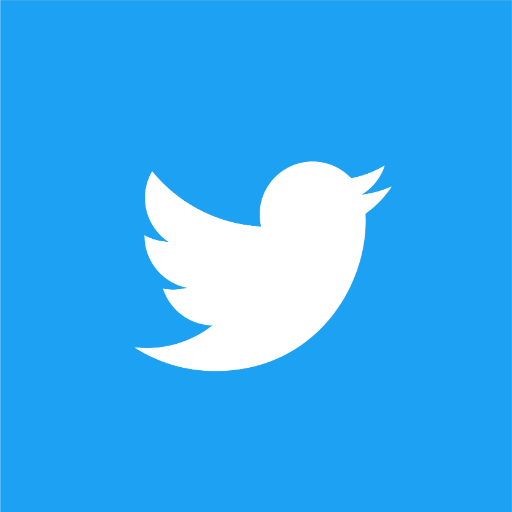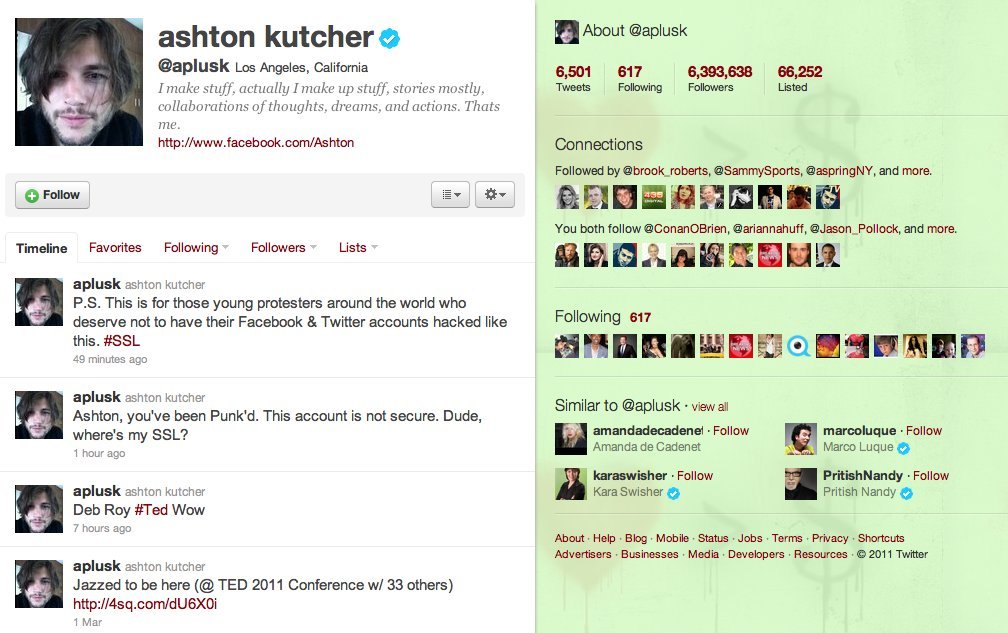
When Twitter was invented in
by Jack Dorsey along with Evan Williams, Biz Stone, and Noah Glass in March of
2006, they probably had high hopes about what Twitter’s potential could become.
However, they most likely didn’t imagine the state of twitter today, where over
330 million active monthly users and 1.3 billion accounts flock to the social
networking site, helping grow twitter into a hundred-million-dollar company.
So, now that twitter has become one of the mainstay social media platforms, how
exactly did it catch on with the public and grow?
When looking through the
lens of the Diffusion of Innovations theory, there are several key reasons as
to how twitter was able to catch on and spread like wildfire. For starters, its
main premise was very enticing. It was the first of its kind to utilize and tap
into the idea of real-time information spreading, and twitter branded itself as
such. While online blogs and early social media sites like Facebook and Myspace
had been around for years, they weren’t originally built to spread live
information. They were more personal and weren’t instant or immediately accessible.
By creating a product that could be between and include both the blogging and instant
messaging platforms of its day, twitter was able to be quite the innovation. Furthermore,
its communication channels were extremely accessible, with a variety of usage options
such as laptop and computer with internet connection and mobile smartphones.

When looking at the twitter’s
historical timeline, it took a little bit to catch on and spread. The creation
and implementation of the hashtag in 2007, where people could use keywords, phrases,
or events to help people find content they wished to read, was certainly a game
changer for social media and added to the real-time news concept. However,
twitter really began to take off around 2009-2010. Not only was this around the
time where people were starting to buy into the idea of real time spreading of
information, but this was also when brands and celebrities became early
adopters and began to see the appeal Twitter offered. Celebrities such as
Ashton Kutcher and brands such as CNN were some of the earliest famous adaptors
to Twitter. In their eyes, Twitter was an easy way to keep their fans and customers
updated on their latest information, while also expanding out and gaining more
exposure. When fans and customers began to hear about some of their favorite
brands providing current and up-to-date information on Twitter, they’d create a
twitter account just to see what they were posting and doing. This is
highlighted in 2009, when Ashton Kutcher and CNN began a “twitter battle” to
see which account would be the first to reach 1 million followers. Shortly
after, twitter saw a record rate of new sign-ups, further highlighting how the
early adapters wanted to be caught up with up to date information, and saw twitter
as the easiest way to do so.

Finally, the idea of
followers was also another innovation that was groundbreaking and paved the way
for platforms like Instagram, vine, and snapchat. The idea being rather than having
“friends” where one gets notifications from people they know in reality, one “follows”
the account of random people who post content that they so happen to enjoy and
want to see more of. It’s much less of a personal system and it plays into the
idea of Twitter being widespread, where anybody can encounter anybody else on
the platform. It helps spread information to a widespread audience in a short
amount of time as long as somebody has followers. One major example is when an
airplane crashed into the Hudson River in January of 2009, where twitter was
able to break and spread around the news before broadcast news was able to.

Although Twitter did provide
many positives because of its innovations, there are still negative
consequences that arise from its usage. One of the widespread issues is its
innovative follower concept, where some celebrities and brands have gathered
such a large following that they can spread the idea that follower counts
matter. Many people still judge others based on the amount of twitter followers
they have, which is nonconsequential when considering the original idea behind
twitter. Furthermore, Twitter has also become a place filled with passionate and
hate-filled arguments over a wide range of subjects. From politics, to sports,
to current events, twitter can be a hub for hateful messaging that can spread
to a wide audience.
https://buffer.com/resources/how-twitter-evolved-from-2006-to-2011
https://asistdl.onlinelibrary.wiley.com/doi/pdf/10.1002/meet.14504701295
https://asistdl.onlinelibrary.wiley.com/doi/pdf/10.1002/meet.14504701295
No comments:
Post a Comment